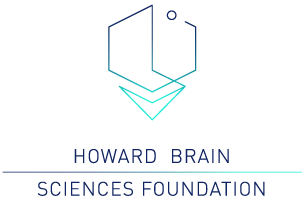Abstract
The measurement of blood pressure (BP) is critical to the treatment and management of many medical conditions. High blood pressure is associated with many chronic disease conditions, and is a major source of mortality and morbidity around the world. For outpatient care as well as general health monitoring, there is great interest in being able to accurately and frequently measure BP outside of a clinical setting, using mobile or wearable devices. One possible solution is photoplethysmography (PPG), which is most commonly used in pulse oximetry in clinical settings for measuring oxygen saturation. PPG technology is becoming more readily available, inexpensive, convenient, and easily integrated into portable devices. Recent advances include the development of smartphones and wearable devices that collect pulse oximeter signals. In this article, we review (i) the state-of-the-art and the literature related to PPG signals collected by pulse oximeters, (ii) various theoretical approaches that have been adopted in PPG BP measurement studies, and (iii) the potential of PPG measurement devices as a wearable application. Past studies on changes in PPG signals and BP are highlighted, and the correlation between PPG signals and BP are discussed. We also review the combined use of features extracted from PPG and other physiological signals in estimating BP. Although the technology is not yet mature, it is anticipated that in the near future, accurate, continuous BP measurements may be available from mobile and wearable devices given their vast potential.
Introduction
With the advancement of digital sensors, signal processing, machine-learning algorithms, and improved physiologic models, pulse waveform analysis using photophlethysmography (PPG) for the assessment of blood pressure (BP) has become more feasible.1,2,3,4 PPG signal measurements is not without its challenges; it requires noise elimination,5,6,7 multi-site measurement8, multi-photodectors development,9 event detection,10 event visualization,11 different models,12 and a thorough global health framework.13 Several disadvantages are associated with this method, including the need to conduct an individual calibration for each person, based on skin color and clinical factors, and the drift in calibration over short-time intervals.14
